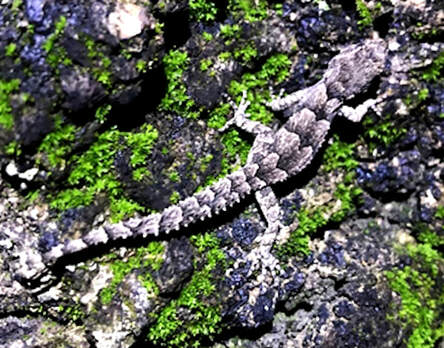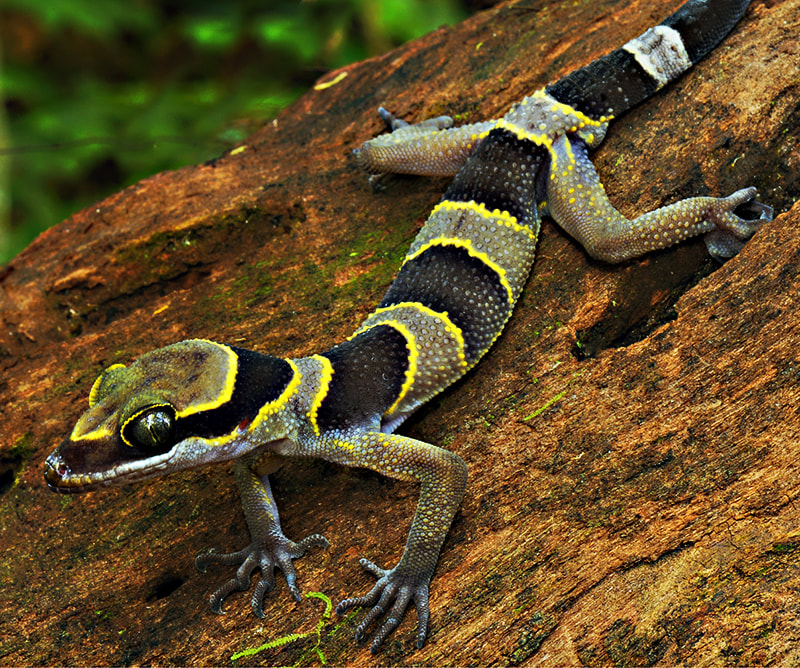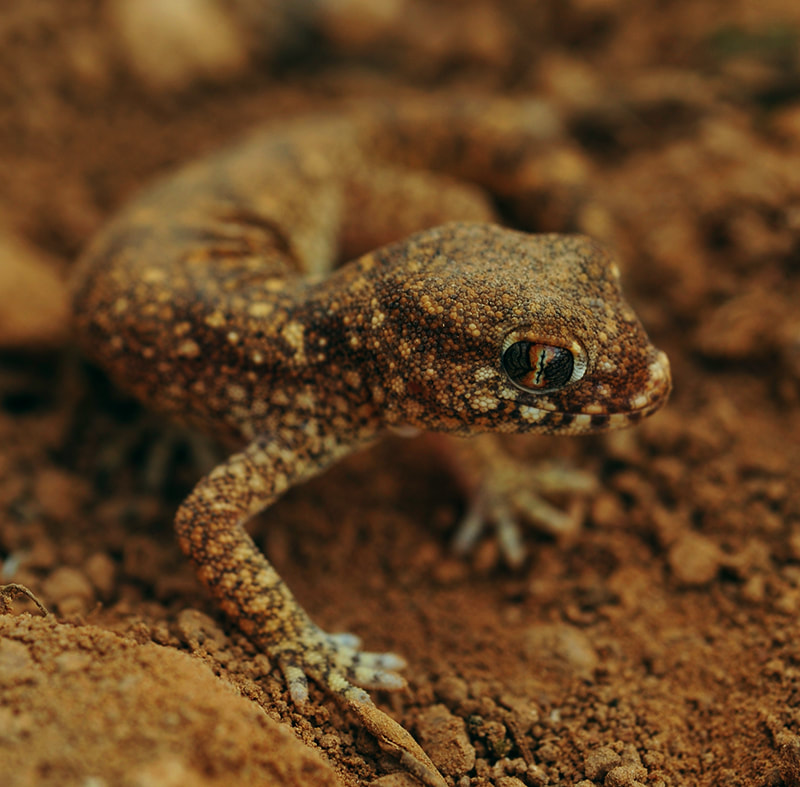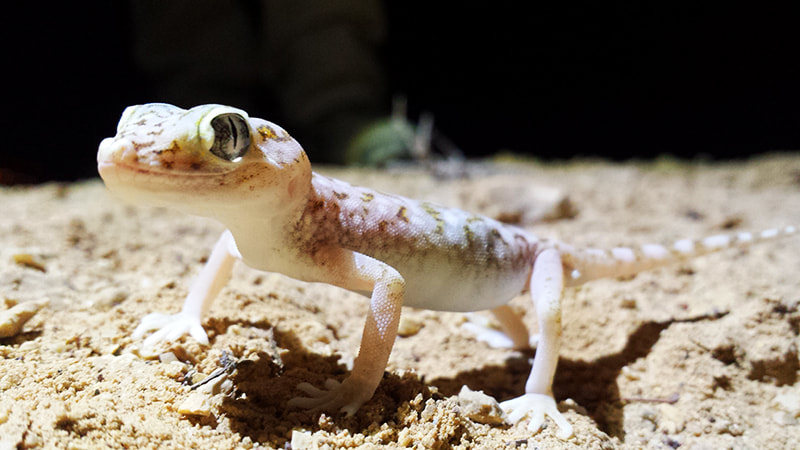|
In a recent publication in the Israel journal of ecology and evolution, we (Gavin Stark, Rachel Schwarz and Shai Meiri) showed that nocturnality does not prolong lifespan among the within gekkotan species. Species from the infraorder Gekkota are known to be predominately nocturnal as opposed to other lizard clades. Diurnal lizards demonstrate higher metabolic rates than nocturnal ones. Moreover, exposure to solar radiation is thought to reduce ectothermic longevity by increasing both metabolic costs and the rate of accumulating harmful mutations through UV radiation. Thus, we assume that by being nocturnal, ectothermic species may reduce their intrinsic mortality rates and thus live longer. We compared groups of nocturnal and diurnal species across all gekkotan families, and also compared all non-gekkotan species to geckos (740 lizard species, of which 185 are geckos) to test whether nocturnality select for longer lifespans. We found that geckos live relatively long for lizards of their size, however their activity time was found to be unrelated to longevity, contradicting our predictions. We suggest that mortality through extrinsic causes (e.g., predation) may impose much stronger selective pressures than intrinsic causes. Author: Gavin Stark
0 Comments
The Hot Eurasian nightlife - How do different environmental forces affect nocturnality in lizards?10/10/2017 In a recent publication in Global Ecology and Biogeography we explored the prevalence of nocturnality amongst Eurasian lizard species and tried to understand what drives these patterns. Most animals – at least those that live above ground – are active either during the day or during the night. Being active at either time of day carries with it unique benefits and challenges, and thus particular adaptations. Because of this being nocturnal or diurnal is a trait that is pretty rigid amongst closely related species.
We found that nocturnal lizards have the highest species richness in the tropics and in deserts, and their richness decreases when they get closer to the North Pole. Nocturnal lizards are precluded altogether from the coldest regions inhabited by lizards – in high mountains and the highest latitudes.
Author: Enav Vidan
|
AuthorMainly maintained by Shai Meiri and Uri Roll Archives
October 2022
Categories
All
|





 RSS Feed
RSS Feed
